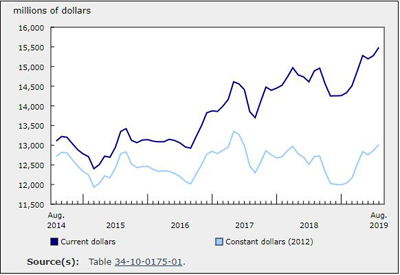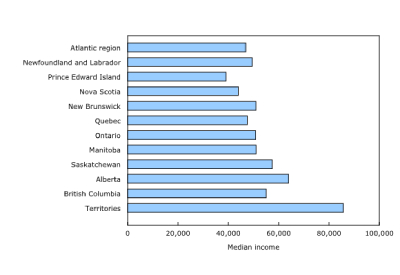Connected Security in Smart Buildings

Nov 26, 2019
Climate change, a dwindling supply of natural raw materials, continuous migration to the metropolises: tomorrow’s challenges can only be solved with intelligent, networked buildings, so called smart buildings.
Networking encompasses all parts of a building — from the electricity supply, taking account of regenerative energy (smart grid), via safety and security technology and operational regulation through interconnected building-automation systems, to control via mobile devices. The prerequisite for all this is systems interoperability, the only way network risks can be mastered.
Greater security and economic efficiency
The connection of safety and security systems with each other and with other building services also offers new functionality and results in greater safety, security and economic efficiency. For example, remote monitoring of hazard warning systems via the Internet by the maintenance service provider ensures increased availability and avoids unnecessary service callouts. Nowadays, it is possible to combine personalized access control technology with fire alarm systems in such a way that, in the event of fire, it is immediately apparent which employees are still in the danger area.
Other conceivable scenarios are still a long way off. For example, building users with mobile devices or other connected wearables could receive a personalized warning in the case of an alarm. But that’s not all: smartphones connected to the building automation system could also use an indoor navigation system to guide users out of the building via a safe escape route. To this end, an adaptive escape route guidance system would evaluate information received from connected mobile devices and, by intelligent control of dynamic escape route signs, avoid dangerous congestion in the escape routes.
Avoiding system clash
The use of common sensors in safety, security and building services systems also has a positive impact on economically efficient building operation. Thus, information from the motion sensors of a burglar alarm and the temperature sensors of the fire alarm system can be used to control the natural flow of air within a building. Nevertheless, such interactions can be highly complex, as shown by the simple example of an automatic window. In this case, the burglar alarm requires the window to be closed before the systems can be armed at the same time as the building services control system calls for the window to be opened so the premises can cool at night. And, finally, in the case of fire, the natural smoke and heat exhaust ventilation system must have priority over all other systems, including the window blind control, and be able to open the window immediately. Numerous sensors and actuators come into play in this case, which can lead to conflicts and demands that priorities be set and potential scenarios be drawn up. In this case, too, it is evident that joint digital planning is of the essence.
Cyber security and data protection are musts
Also in the case of tomorrow’s safety and security systems, an increased volume of data will flow via the building’s common data wiring and via the Internet. Strong IT and cyber security, as well as solid data protection, are essential prerequisites to protect safety and security systems from unwanted feedback effects from the network and deliberate cyber-attacks. A high and, for safety and security systems, new risk is the increasing linkage with mobile devices and other embedded devices in the IoT. In many cases, these compact devices, most of which are connected wirelessly, are inadequately protected against unauthorised attacks. If, due to inadequate security measures, hackers can assume control of one of these embedded devices, they then have access to the entire internal network to which it is linked. And there are no special security precautions to stop them because today’s firewalls are rather designed to prevent external attacks — not attacks from the internal network.
Today, the damage caused by cyber criminals worldwide is already extensive. According to a study by the Accenture firm of management consultants, companies all over the world will face additional costs and revenue losses amounting to around US$5.2 billion over the next five years. Fortunately, there is a growing awareness of the dangers involved among businesses and building operators. Thus, according to the Allianz Risk Barometer, cyber incidents were the most feared cause of operational interruptions in 2019 (50% of responses), followed by fire/explosion (40%) and natural disasters (38%). For the first time, cyber incidents now rank among the biggest business risks in the world.
Take advantage of opportunities
Light + Building offers a variety of opportunities for an interdisciplinary exchange of expert ideas and information on the situation in the sector. As one of the key issues facing the sector and users, “connected security” will be one of the main topics within the framework of the top theme — “Connecting” — at Light + Building in March 2020. Ensuring that participants find the right safety and security offers is an exclusive guide that not only localizes all suppliers of safety and security technology at the trade fair but also describes and schedules specific offers.
“The subject of connected safety and security is an integral part of the technical infrastructure of a building. Accordingly, it is to be found in the product portfolio of numerous exhibitors throughout Light + Building. At the same time, we have integrated several hot spots to spotlight safety and security products and expertise,” says Iris Jeglitza-Moshage, Senior Vice President of Messe Frankfurt, drawing attention to the special-interest theme of “Emergency lighting” in Hall 8.0 and Intersec Building, the international platform for connected safety and security technology in Hall 9.1.
















